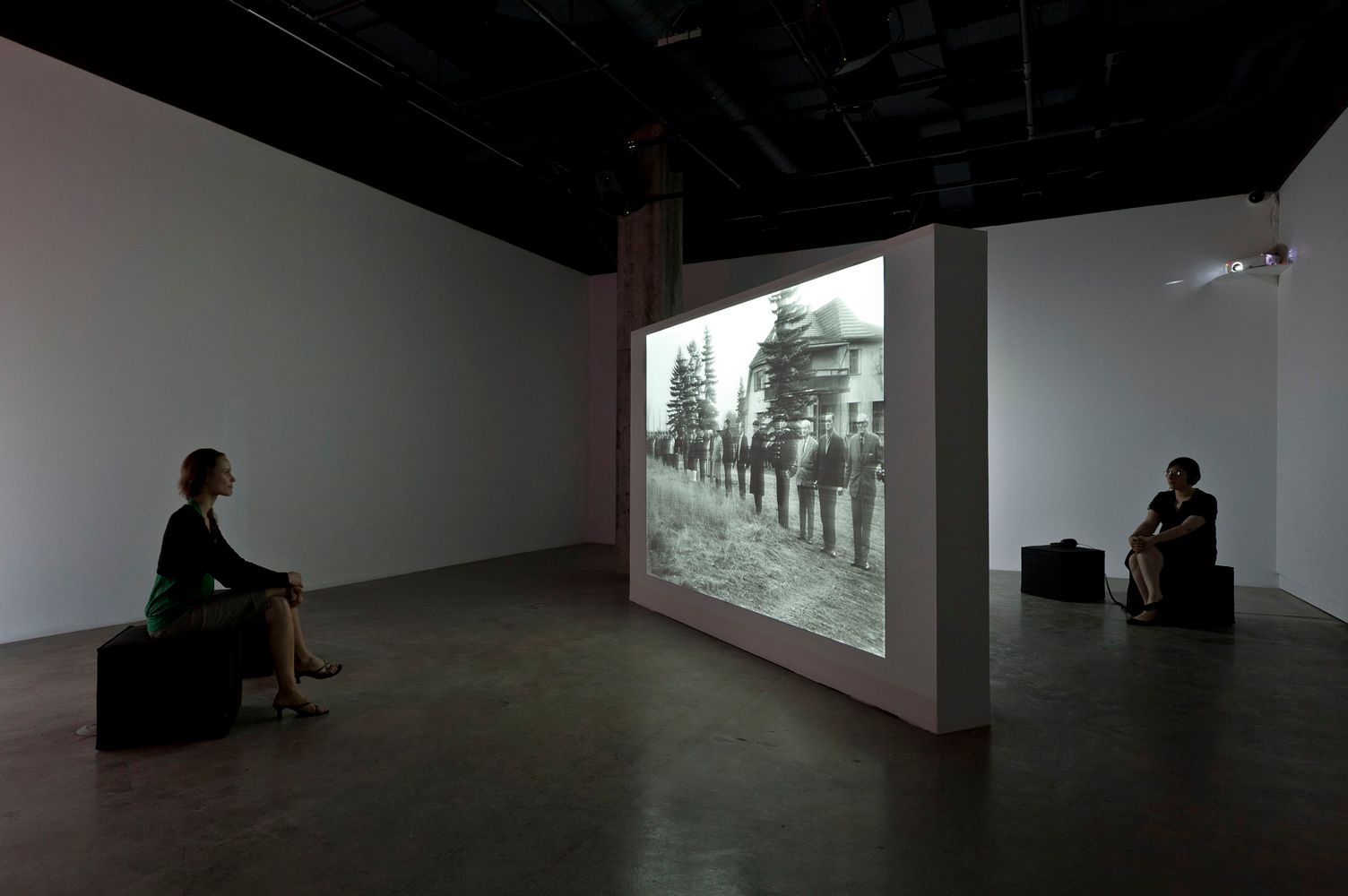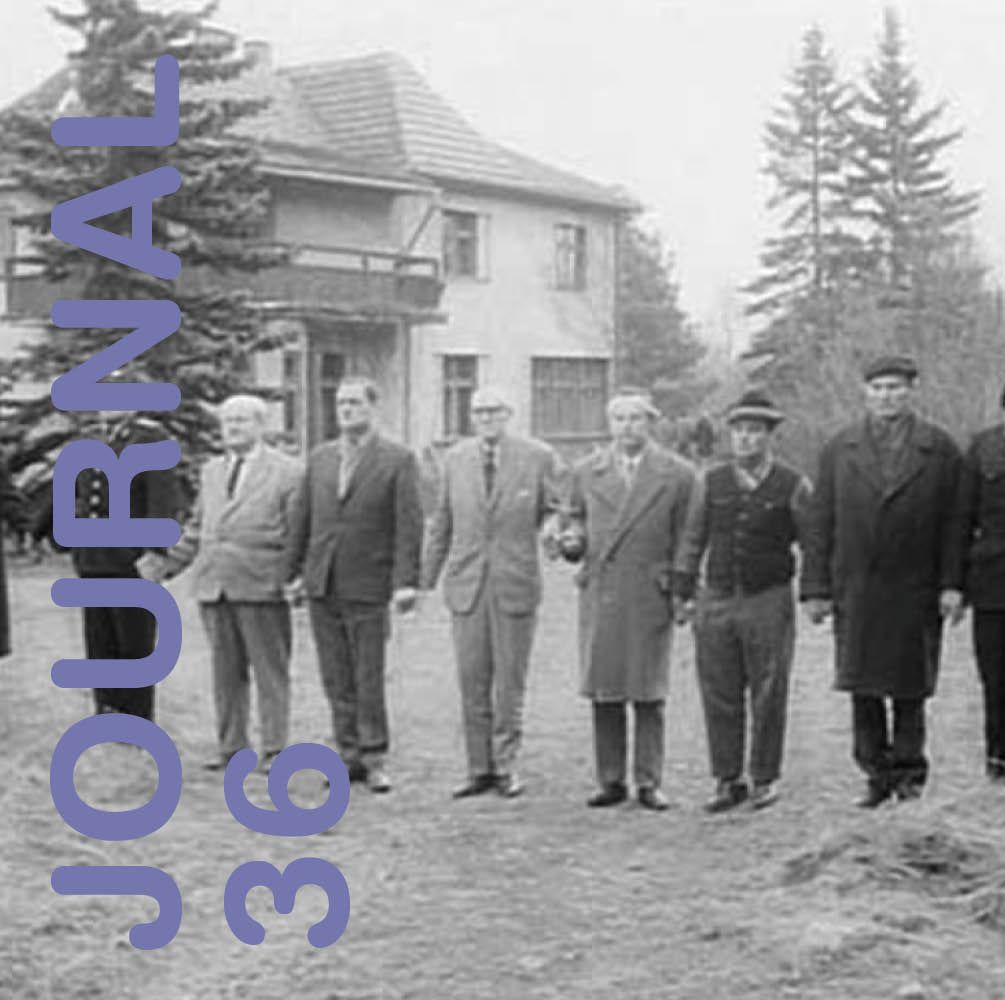
Jan Švankmajer
2012.06.08-08.11
Jan Švankmajer’s Political Allegories
MARIE J. JEAN
Jan Švankmajer is an experimental animation filmmaker whose career was backdropped by a rigid socialist structure; his oeuvre deeply bears the imprint of the radical political changes that affected Czechoslovakia in the postwar years. Švankmajer’s route to a life in cinema began in puppet theatre, beginning with the Semafor Theatre in Prague, where he founded the Theatre of Masks. He later joined the Laterna Magika Theatre, famed for its multimedia, non-verbal approach, in 1962. There he was to have a decisive encounter with Emil Radok, who introduced him to filmmaking. In 1970, Švankmajer and his spouse, the artist and writer Eva Švankmajerovà, joined the Czech Surrealist Group in Prague. A key feature of Czech surrealism was its antidogmatic leftism. The movement, born in the mid-1930s, had been swiftly banned in the wake of the 1948 Communist putsch; the seminal text under attack was Karel Teige’s 1938 brochure Surrealismus proti proudu (Surrealism against the Current), which equated the Stalinist dictatorship with fascism. Jan Švankmajer’s surrealism is is much more about taking anti-totalitarian stances than espousing an aesthetic current.

In his film universe, things are animated into strange and impossible worlds. In Czech surrealist theory, the aim is to reinstate the subconscious dimension of subjectivity so often repressed in contexts of totalitarianism. Byt / The Flat (1968) (exemplifies) this approach: a man is thrust into an apartment that transforms into a hostile environment. Little by little he is rendered powerless by suddenly animate objects that thwart his every effort to regain the outside world (which is unknown to him, as is the reason he finds himself in the flat). All obvious signs of the concrete realm of substance and rationality are lost. All that will remain of the man is his name, Josef, signed on a wall. Švankmajer’s films often reference the concept of reification, whereby the relations among beings take the form of relations among things. This instrumental treatment of the individual is also the theme in Zahrada / The Garden (1968), one of the rare works by the filmmaker that does not rely entirely on animation. Though it is set in a “real world” of live action, the effect is no less bizarre. The film begins with the sight, and sound, of two streams of urine entering a metal pot. Two men then get into a car and head for the home of the driver, who talks about his passion for gardening, and seems touched by the presence of his passenger, Frank, whom he has not seen for several years. As they arrive at the house, Frank is stunned to discover that it is ringed by a group of people. They are holding hands, forming a fence and gate, complete with a lock, which the owner proceeds to unlock as if it were the most natural thing in the world. The gate opens and the men enter the house and garden. The tiny gestures exchanged by the people making up this strange gate tell us about the different relationships between them: love, play, rebellion, denunciation, resignation. “Why are they there?” Frank finally asks. The answer comes whispered into his ear, and while we cannot hear, we understand the reason: it is more or less always the same in any repressive political regime.
Obsessions of childhood are another recurrent theme in Švankmajer’s works. In the 1982 short Do pivnice / Down to the Cellar, he blends animation techniques—specifically stop motion—with live action, fractional editing and rapid camera movements to render palpable the fears of a young girl who must descend below ground to fetch some potatoes. Švankmajer uses animation as a formidable conceptual tool, capable of expressing the tensions between reality and the phantasmagoric, language and repression, the individual and the political, freedom and authority. The post-Stalinist totalitarian regime that ruled Czechoslovakia in the wake of the 1968 Prague Spring expressed its distate for Švankmajer’s particular interpretation of reality by censoring his films and forbidding him from making another for seven years.
These three short films are intrinsically linked to the theme of freedom, and every facet of the indignation and rebellion undergirding them. In today’s times of social and political agitation, which are seeing large power structures challenged once again as an emerging generation attempts to construct new narratives for society, Jan Švankmajer’s political allegories retain powerful relevance.